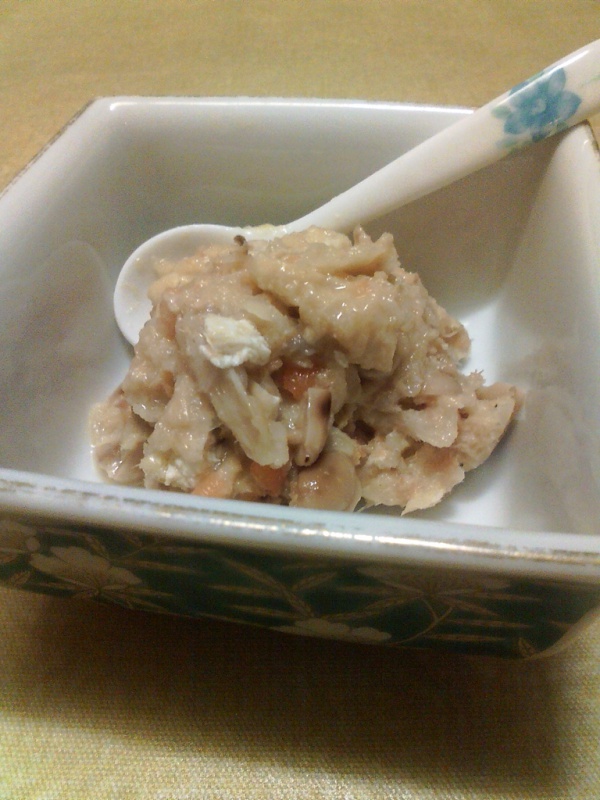Facts About Shimotsukare
Shimotsukare is a cherished traditional dish from Japan's Northern Kantō region, notably in Tochigi, Gunma, and Ibaraki Prefectures. This distinctive dish is customarily enjoyed on "hatsu-u-no hi" and is often paired with "sekihan" as an offering to the deity Inari.
The preparation of shimotsukare involves simmering a blend of vegetables, soybeans, abura-age (deep-fried tofu), and sake kasu (sake lees). Common ingredients also include grated raw radish and carrots. Depending on the locality, you might hear it referred to as "shimitsukari" "shimitsukare" or "sumitsukare."
Shimotsukare dates back to the Edo period. Some speculate its name originates from "su-mutsukari" a dish mentioned in myths. Others believe it is named after Shimotsuke Province, the historical name for Tochigi Prefecture. Whether served hot or cold, shimotsukare is often enjoyed with rice and can be preserved by freezing it during the winter months.
The dish boasts a unique flavor and appearance that some locals cherish, though it is not to everyone's taste. It has even been unfavorably compared to "cat’s barf." Nonetheless, there is a strong belief that eating shimotsukare promotes good health. Sharing it with neighbors is thought to help ward off winter illnesses. The recipe is typically handed down from mothers to their children, resulting in many variations even within the same region.
Today, shimotsukare is more readily available in supermarkets and is sometimes included in school lunches in Tochigi Prefecture. It remains a significant part of the region's culinary and cultural heritage, underscoring the rich diversity of Japanese home cooking traditions.
